ASIC Miner ICERIVER KAS KS0 Profitability In the realm of cryptocurrency mining, the Iceriver KAS KS0 miner has garnered widespread attention. Tailored specifically for the Kaspa network's KHeavyHash algorithm, it boasts high hashing power and low power consumption, making it an ideal choice for many miners. In this article, we will comprehensively assess IceRiver KS0 profitability while considering the Kaspa market conditions and the attributes of KS0 miner. Kaspa Market Dynamics Kaspa is a vibrant cryptocurrency network aimed at delivering high performance and scalability for everyday transactions. At the time of writing this article, the Kaspa coin trades at approximately $0.04959. But it's essential to note that cryptocurrency markets are highly susceptible to price volatility. Hence, investors must remain vigilant about market dynamics. Additionally, the Kaspa network's mining difficulty and reward mechanisms play a role in mining returns. Attributes of the IceRiver KS...
What is the difference between the chips of different Antminer L3+ hash board versions?
Antminer L3+ is a relatively old miner, and the chip types on different versions of the hash board are also different, so what are the same and different chips on the L3+ V1.6.1 version hash board and V1.413 version hash board? Through this article, let's find out together!
V1.6.1 version and V1.413 version hash board the same chip:
1) BM1485 ASIC chip
Antminer L3+ is one of the few miners with 4 built-in hash boards. A single hash board has 72 BM1485 ASIC chips, and the whole miner has 288 chips. Each chip has an independent small heat sink on the back. After the initial test of the board, the small heat sink on the back is fixed on the back of the IC with a thermosetting adhesive. After the repair and replacement of the chip has passed the test, it is necessary to apply the thermosetting adhesive evenly on the surface of the IC and heat it to fix it.
2) TPHR9003NL
The MOS chip TPHR9003NL is mainly used to check the voltage output in the voltage domain. By measuring the output of the power supply terminal of the hash board, it can judge whether the MOS is short-circuited. In the case of unstable voltage, lightning surges will cause MOS damage.
3) G49IC
G49IC 1.8V is a voltage domain voltage regulator chip. It adopts SOT23-5 needle tube packaging technology. It is mainly used for the maintenance of the Antminer L3+ hash board.
4) T451 Temperature sensor chip
T451 temperature sensor chip adopts WSON-8 packaging technology, mainly used to sense the temperature of the hash board. If the temperature sensor chip is damaged, it will cause abnormal temperature readings. If the temperature of the temperature sensor chip is too low, the hash board will not start, or if the temperature is too high, the miner will stop running.
The different chips of the V1.6.1 version and the V1.413 version of the hash board:
V1.413 version of the hash board chip:
1) SGM3750
The SGM3750 is a 650kHz boost converter for driving series LEDs. The chip adopts green TDFN-2×2-6L packaging technology; the operating temperature range is between -40°C to +85°C, and the operating voltage is between 2.7V and 20V. In addition, the chip has built-in LED open circuit protection, which can effectively prevent the chip from being damaged due to overvoltage under an LED open circuit.
2) PIC16F1704
PIC16F1704 is a 14-pin 8-bit microcontroller, mainly used to check PIC circuits. When the PIC pin voltage does not reach the standard value, you can re-program the PIC by checking whether the connection between the test fixture cable and the hash board is normal.
3) M4JD
According to the analysis of the maintenance personnel, by replacing the faulty M4JD chip with the working 4VK4, the hash board can work normally. Therefore, we can speculate that M4JD and 4VK4 have the same function; both are voltage regulators, the output voltage is between 1.0V~5.0V, and the maximum output current is 300mA.
V1.6.1 version of the hash board chip:
1) TPS61161DRV
TPS61161DRV is an LED driver chip in the SON-6 package.
2) PIC16F1705
The PIC16F1705 is an advanced analog flash microcontroller chip that combines intelligent analog integration with low cost and very low power (XLP) for various general purpose applications. Operating from 2.3V to 5.5V, the 14-pin devices provide on-chip op amps, core independent peripherals (CLC and COG), peripheral pin select, and zero-crossing detection for increased design flexibility.
3) UP9305W
UP9305W is a hash board PWM power supply chip, SMD SOP-8.
Easily damaged parts of Antminer L3+ hash board introduction:
This video uses the V1.2 version of the hash board as a detailed description of the vulnerable parts, and other versions of the hash board can be used for reference.
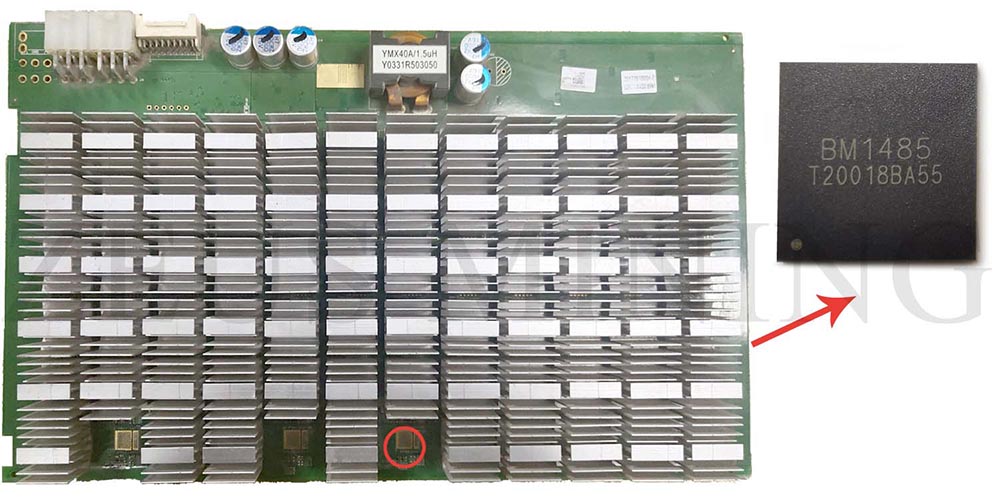
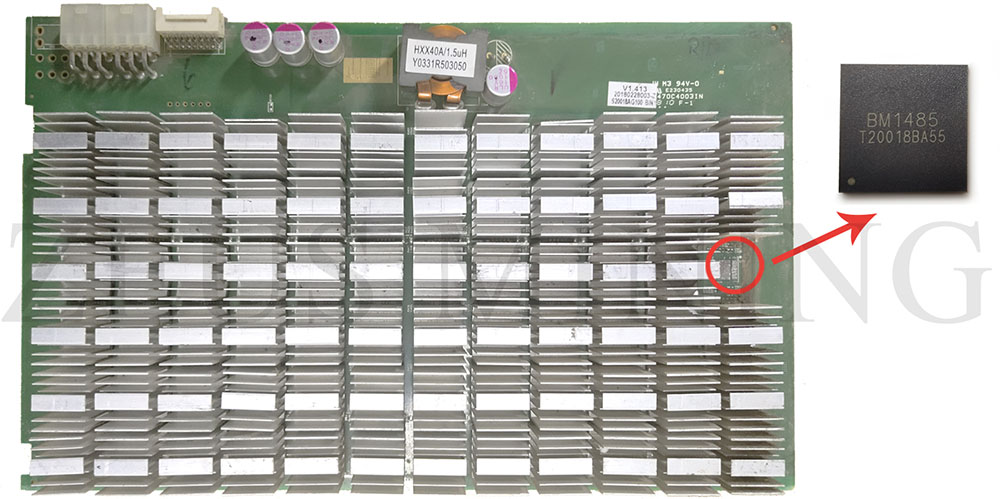
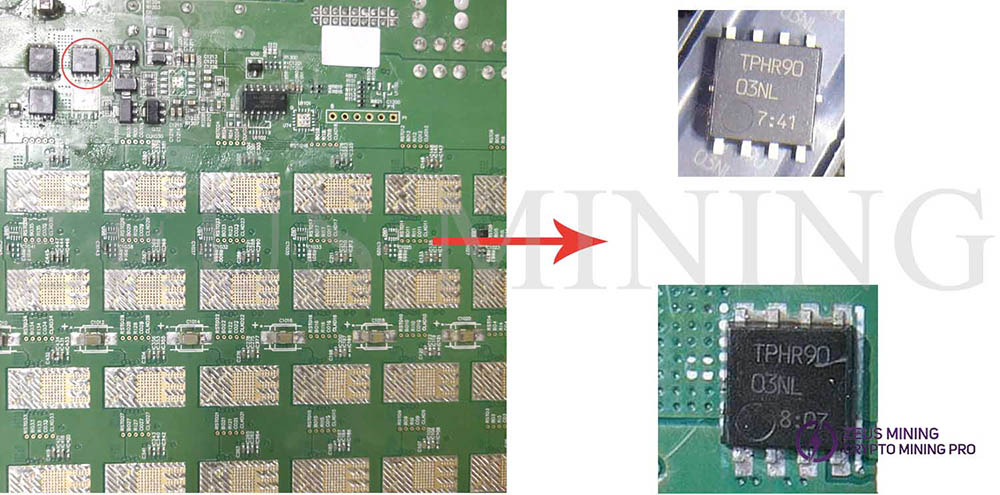

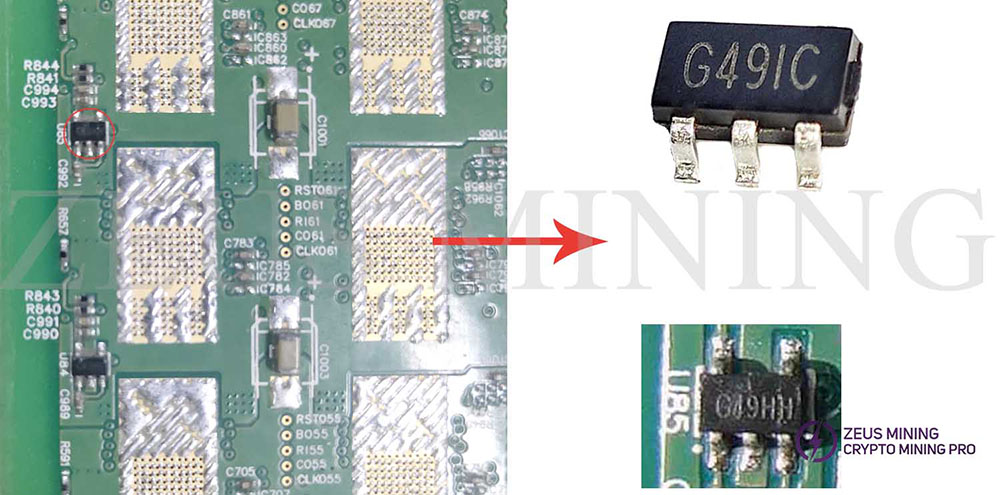
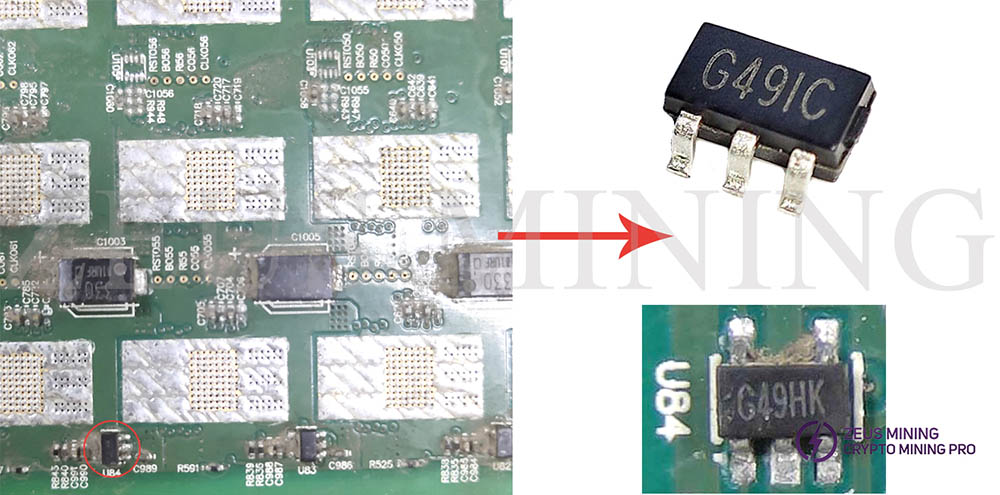
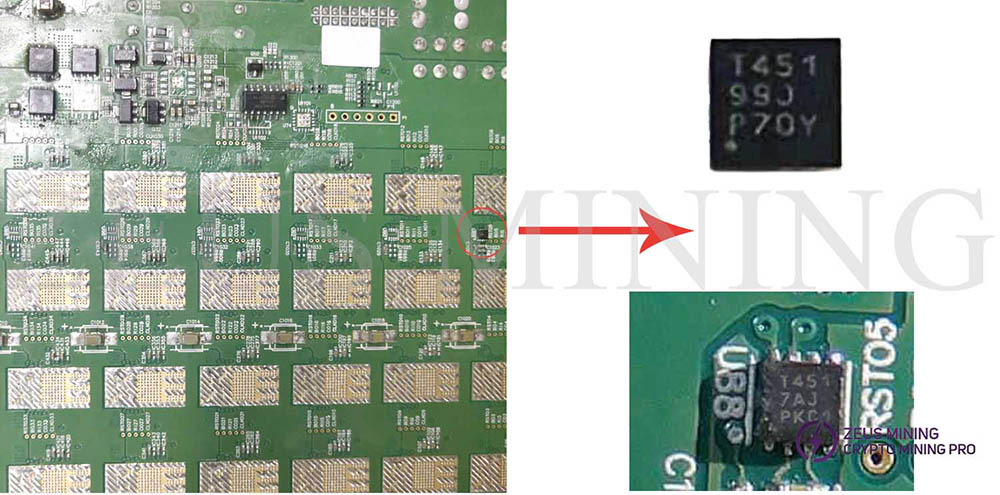
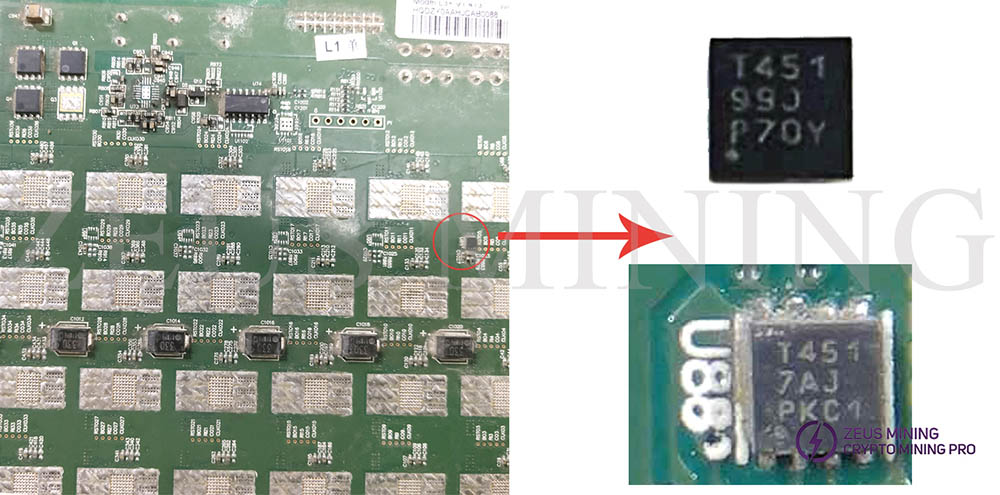

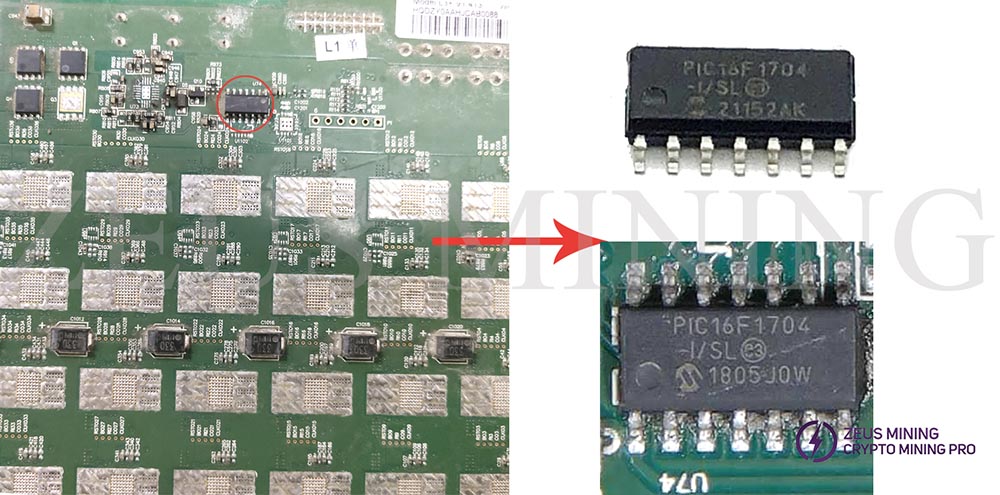




Comments
Post a Comment
Tell us your opinion